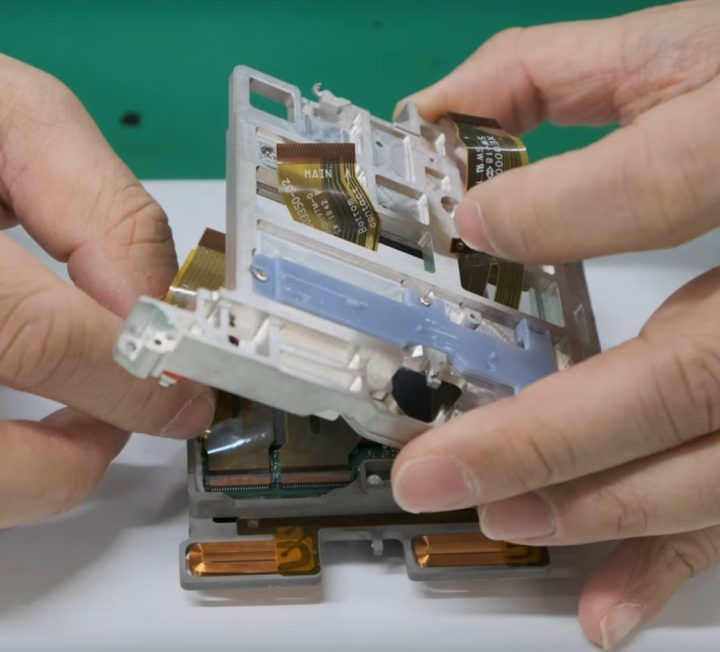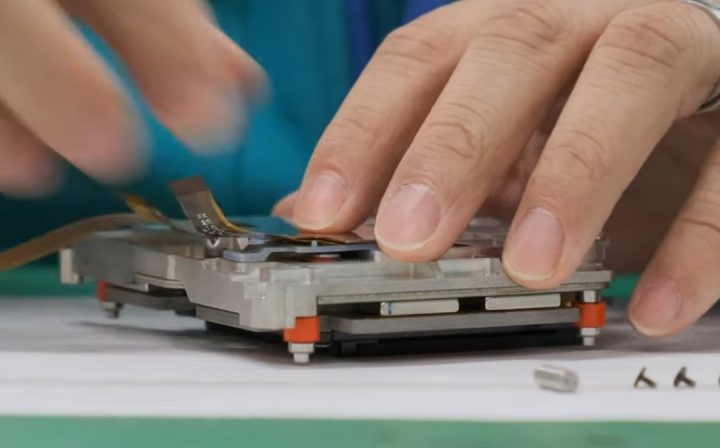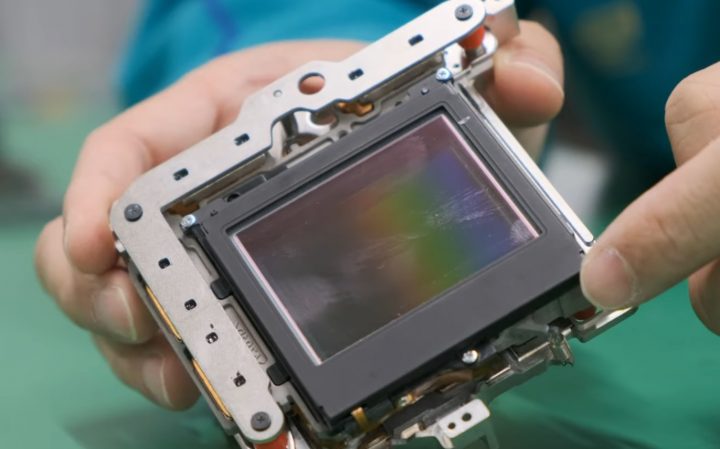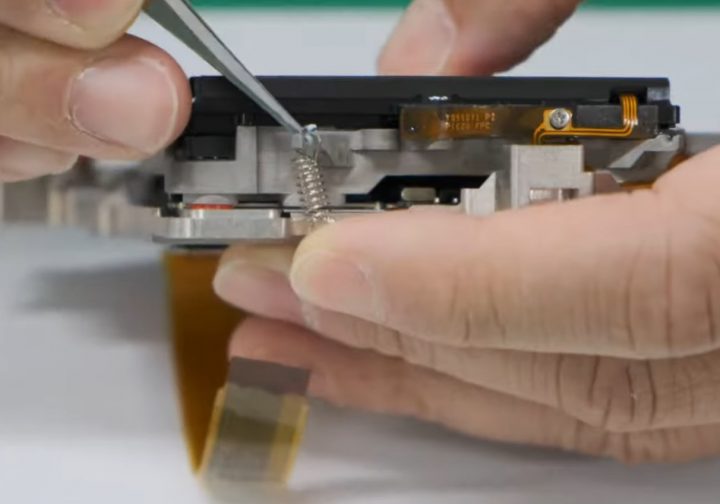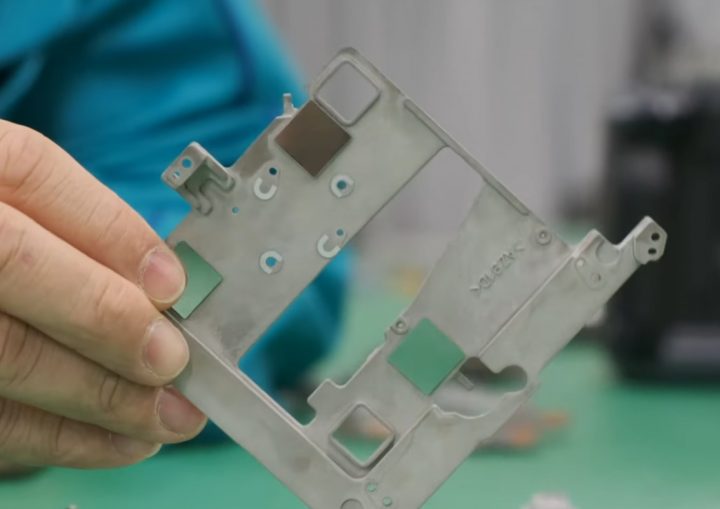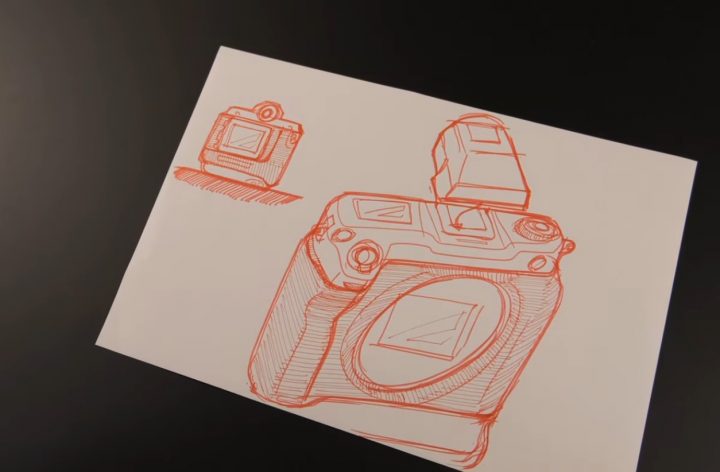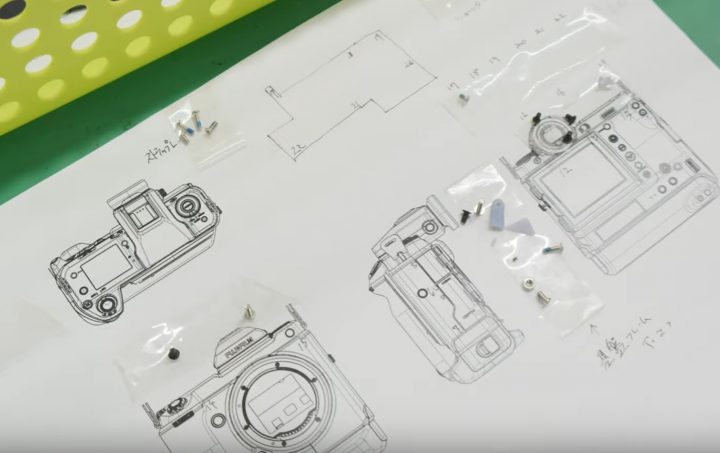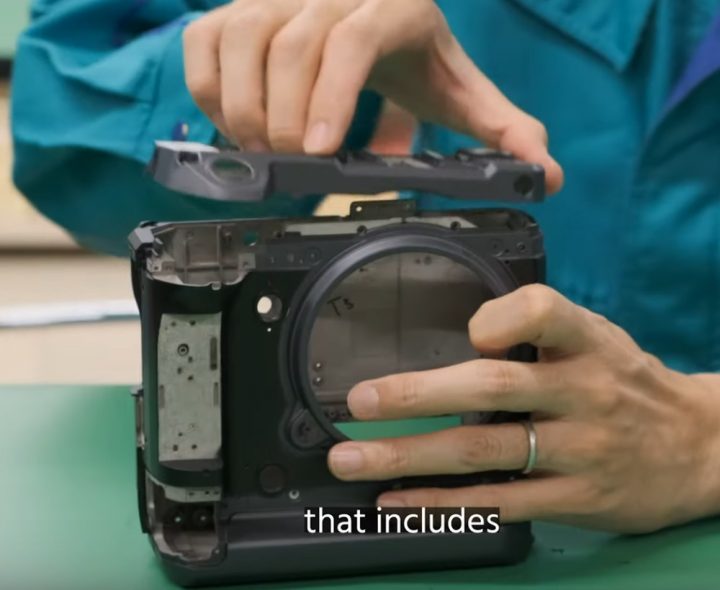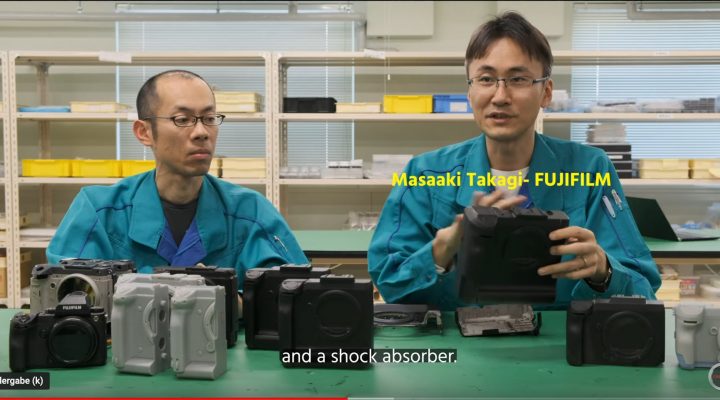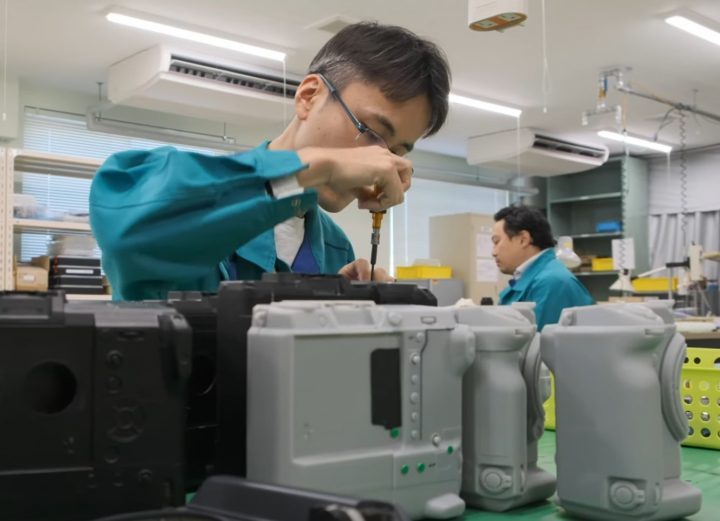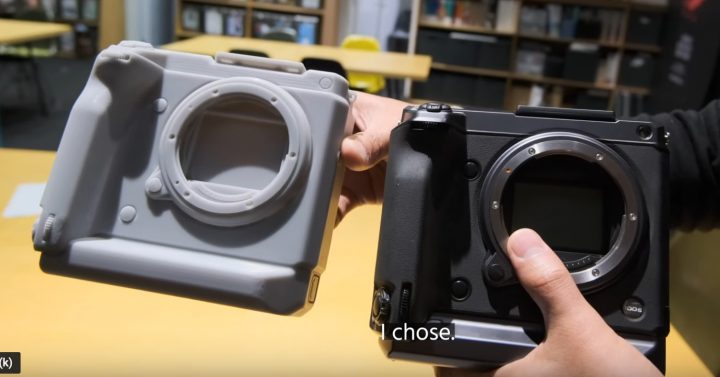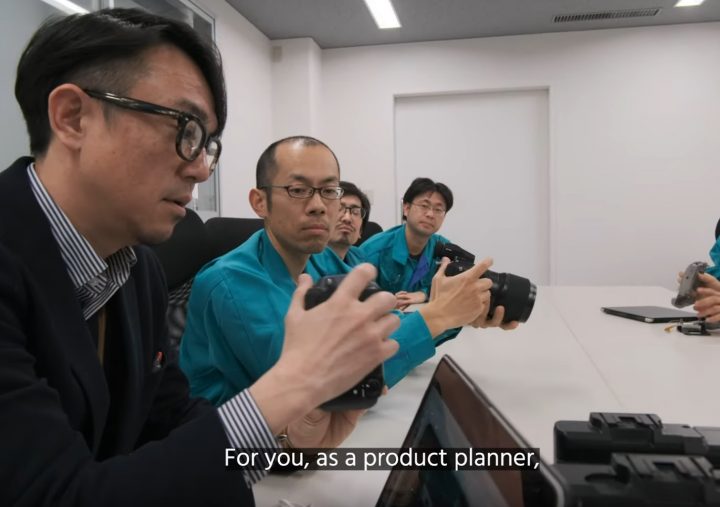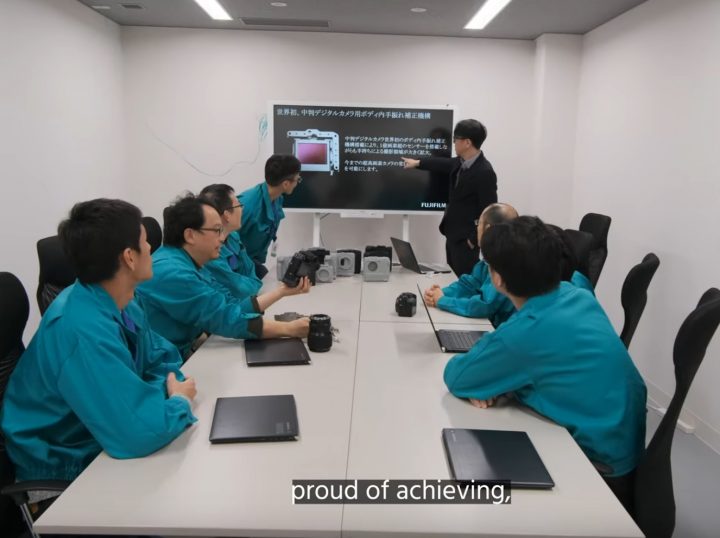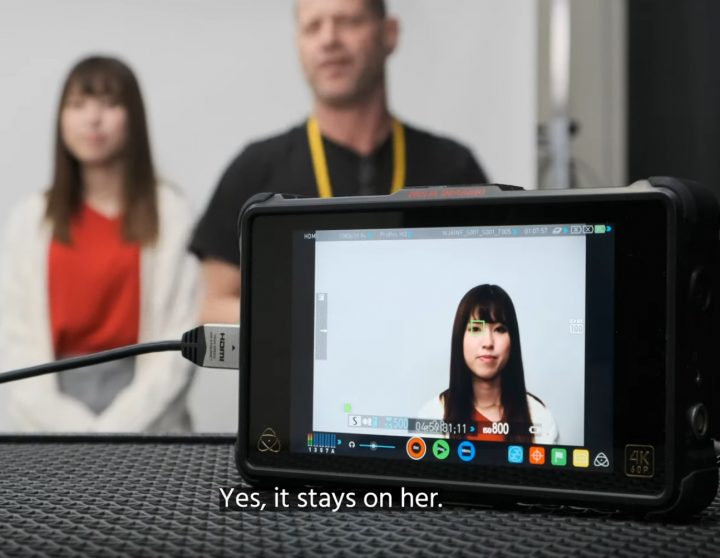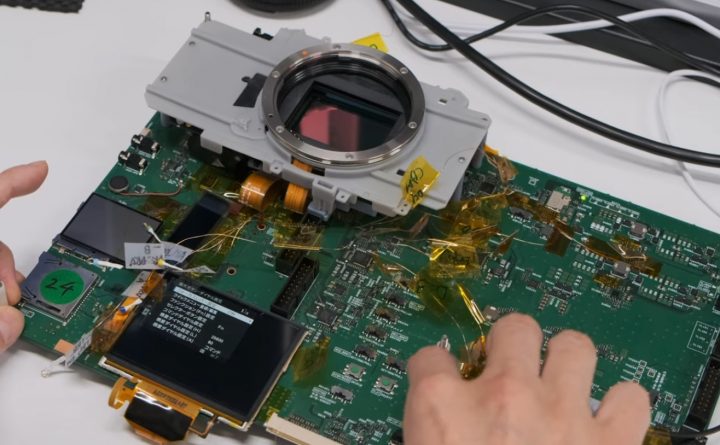The Birth of the Fujifilm GFX100: Documenting 8 Months of Development Process (Part 1)
Fujifilm GFX100
For the last 8 months Fujifilm let Cinema5D closely monitor the birth of their new flagship large format sensor creation, the Fujifilm GFX 100.
Now they published their first video covering the birth of the Fujifilm GFX100. Part 2 will follow later and bring us inside the Fujifilm factory.
Here is what we learn, and at the bottom some screenshots from the video:
Decisions and Developing Start
- When they had to decide which other system to offer next to APS-C, they had the option Full Frame or medium format. Fujifilm thinks medium format is the right way.
- Everything in the Fujifilm GFX100 is challenging to develop (IBIS, 4K, new AF, new 100MP)
- Fujifilm started discussing anbout Fujifilm GFX100 development over 2 years before official announcement at Photokina 2018
- When starting the discussion, Toshisa Ilda had to check if this 100 megapixel camera can work for customers
- At the end, what Fujifilm is most proud of in the Fujifilm GFX100, is image quality (sharpness, resolution, colors, etc)
IBIS
- The decided to enable IBIS, to allow handheld shooting and hence make it more usable for customers (100MP are very sensitive to movement)
- Hirofumi Horii is leading IBIS developer at Fujifilm. He focused first on making it robust.
- IBIS turned out heavy initially, so challenge was to make it lighter
- He created several plates for IBIS, until they developed a smaller and lighter one, and yet robust enough
DESIGN
- The design team always talks and “syncs” with other Fujifilm divisions developing the Fujifilm GFX100
- Not only design, but also functionality, style, uses
- After listening to other divisions, the design team draws a first image
- Once the image is done, they pass it to mechanical design and development team, and they try to realize the image
- every human has different preferences, different hand size. It’s always a challenge to find the right balance
Crafting the GFX100
- the mechanical team crafts the Fujifilm GFX100 manually, based on the design they received
- the first mock-up already includes everything that is planed, from integrated grip, to IBIS, to shock absorber
- when the mechanical engineer assembled the first mock-up, he thought the camera could be smaller, and designed it smaller
- In case of Fujifilm GFX100, priority is not style (hence no mechanical retro dials), but functionality
- Fujifilm removed the dials to make the camera smaller
- Removing the dials helped to make the parts above the IBIS smaller and lower the total height
Firmware
- There is a team dedicated to color reproduction
- Fujifilm GFX100 uses X-T30 autofocus algorithm, but on medium format photographers like to close the iris more, which is not good for eye/face detection. So Fujifilm had to develop an algorithm special for GFX
and More
- Most complex components are IBIS and sensor
- since sensor performance is very high, the sensor is also more sensitive and this makes it prone to sense more environmental noise
- you can’t reduce noise only via circuit board. The mechanical construction and other circuits boards have to be optimized, too
- Fujifilm had to delay the launch a bit compared to early plans, mainly because of IBIS, but also because they do not want to make any mistake
Fujifilm GFX 100: B&H Photo, AmazonUS, Adorama, Focuscamera
The GFX Community
Follow FujiRumors: Facebook, Flipboard, Instagram, RSS-feed, Youtube and Twitter


